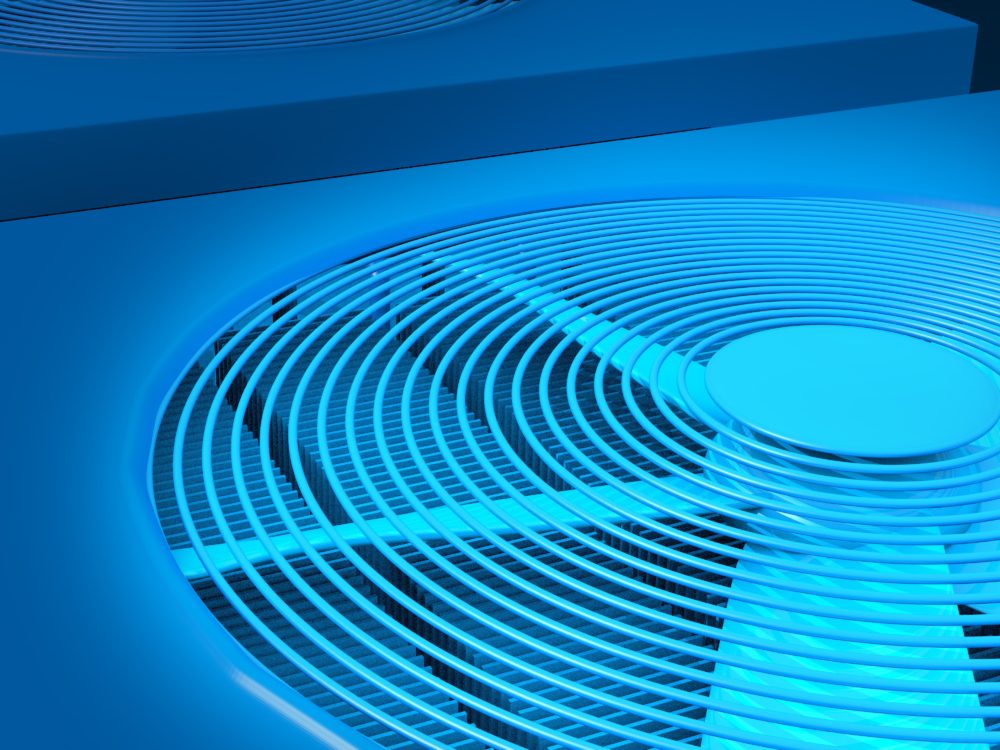The International Institute of Refrigeration reports that 15% of the energy the world uses goes directly to running refrigeration and cooling systems.
If this number is surprising to you, for a second think about what we would do without cool air.
It goes toward maintaining the daily quality of our air indoors. It’s foundational for manufacturing processes and industrial production, the preservation of food and for ensuring computers and other technological tools stay cool.
As such a vital part of modern society, making sure your refrigeration and cooling systems function at their best is a high priority.
Being Proactive and Preventing Problems
Increased efficiency, lifespan and cost control of your system are just scraping the surface regarding the benefits you’ll notice from a proper maintenance plan. There’s a lot in store for you when you’re proactive.
Let’s think about the mechanics associated with having a refrigeration and cooling system that’s in top condition. A cooling set up’s main goal is to make sure the cool air being produced remains in the system while applying minimal energy.

Proper Insulation
In this process, the right insulation is key. As is ensuring all working components are closely monitored.
This entails reviewing door openings to lower the chance of a leak, assuring fans are working properly and checking if refrigerant levels are enough for the machine to keep cooling at its best.
Significance of Refrigerant
Of course, the refrigerant is a central aspect of a cooling system’s configuration. Refrigerant generally comes in the form of a fluid that moves over each section of the system to increase cooling. The refrigerant’s purpose is to build and sustain a pressure and temperature relationship.
Expansion and Evaporator
The part of the cooling process that truly carries out the cooling is the evaporator, absorbing heat from products or areas you’re cooling.
Electronic and hand metering valves are utilized in large industrial systems while thermostatic expansion valves are applied with commercial systems. As the coldest area in the system, the evaporator also takes in the system’s heat from where liquid refrigerant is boiling into a gas.
The compressor receives the evaporator’s gas and takes it into a high-pressure state to send to the condenser, finishing the cycle.
Energy Efficiency
As you can see, refrigeration and cooling arrangements are complex designs that cool, with the end goal to preserve energy along the way.
Hopefully, you’ve found some of this information useful. As always, we understand most folks won’t have the time to learn the finer details of refrigeration and proper system upkeep.
The good news for you is that won’t be necessary. That’s what we specialize in and we’re happy to help.
Whether it’s installation, manufacturing, routine monitoring or one of our service maintenance programs, VP Mechanical is here for you. We always welcome the possibility of helping our clients get their processes running more smoothly.
